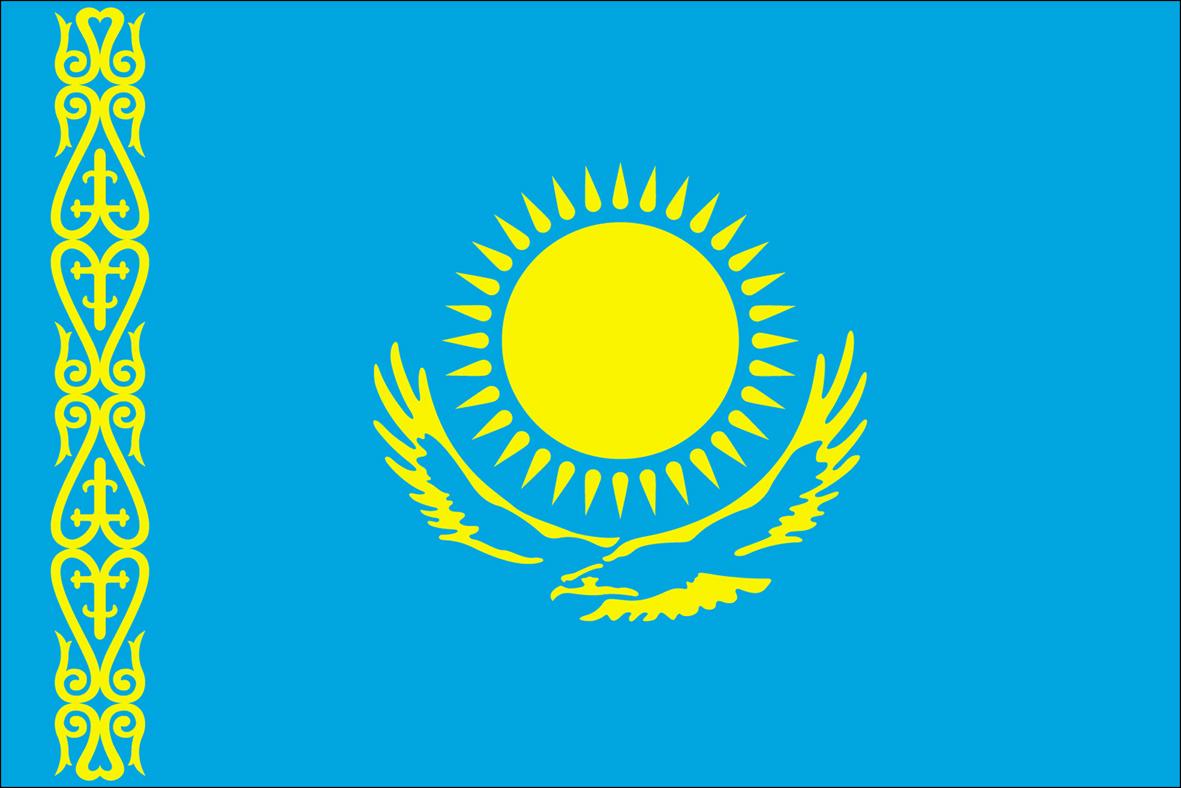A conservation management plan for the archaeological sites in the Lumbini zone
In and around the Buddha’s birthplace in Lumbini, Nepal, several important archaeological sites associated with the life of the Buddha were discovered from the end of the 19th century onwards. Findings such as the pillars which were erected by the Mauryan emperor Ashoka in the 3rd century BC revealed important information about the birth and life of the Buddha. In the late 1960s, UN Secretary-General U Thant visited Lumbini. He subsequently called on the international community to develop the area into a pilgrimage centre. In 1985, the King of Nepal created the Lumbini Development Trust. Lumbini was nominated to UNESCO’s World Heritage List in 1997.




